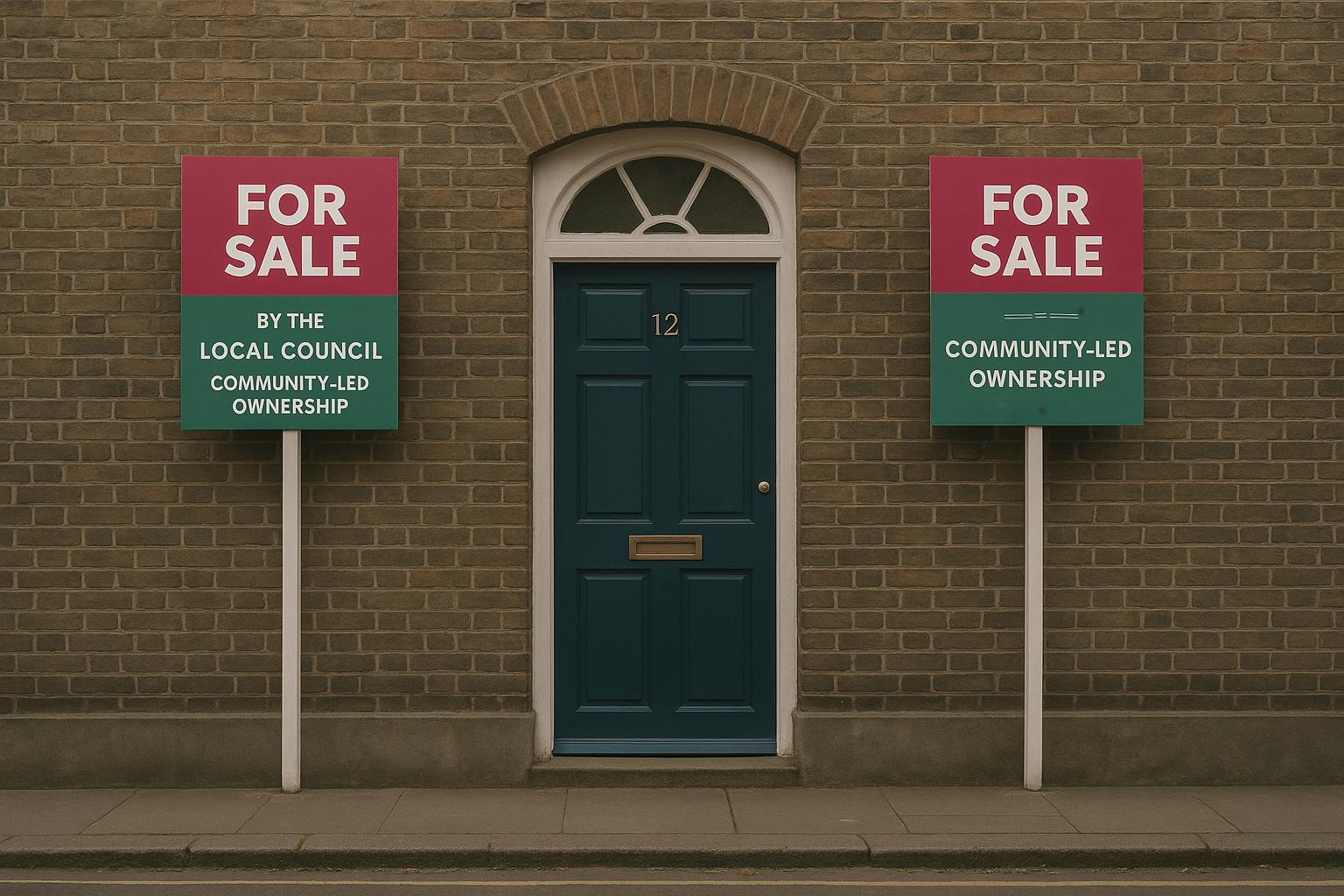A North London council is stepping up efforts to tackle the surging costs and demand for emergency housing by preparing to buy homes within its borough for social housing. Harrow Council recently held an urgent meeting to approve expenditure following a last-minute opportunity to bid on properties, aiming to reduce reliance on costly nightly rented emergency accommodation amid rapidly rising prices.
Council Leader Paul Osborn greenlit the plan at a meeting on October 21, as the council confronts mounting financial pressure driven by significant increases in the cost of nightly emergency accommodation and soaring demand. In 2023, the average nightly rate for a two-bedroom property in Harrow was £351.55, but this rate has more than doubled in just two years, reaching £613.17 in 2025. Projections indicate this figure could exceed £1,000 a night by 2028, reaching £1,012.10. These soaring costs are partly a reflection of broader increases in private rental prices and diminishing availability, pushing more families into prolonged stays in expensive emergency housing and intensifying pressures on council resources and staff.
Emergency accommodation in this context is distinct from longer-term private tenancy arrangements; it is a short-term, nightly paid solution used only when there is an imminent threat of homelessness and immediate shelter is needed before securing more stable temporary housing.
The demand for temporary accommodation in Harrow is also growing sharply. In April 2023, the council needed around 220 such homes across all bedroom sizes, with a high proportion being one-bedroom properties. By September 2025, this demand ballooned to approximately 686 properties, mainly for two, three, and four-bedroom homes, with one-bedroom properties constituting less than a quarter of the need. Looking ahead to 2028, Harrow estimates the net demand will increase further to between 750 and 1,050 homes. This rising demand is expected to drive a substantial increase in expenditure, potentially pushing costs from £12.5 million in 2023 to as much as £38.5 million by 2028 under a worst-case scenario. Already, Harrow Council spent £16.4 million on temporary housing in the year to March 2024.
The financial strain is emblematic of broader challenges across London. Nearby Brent Council reported a 23% rise in homeless households seeking help over three years, spending £69.6 million on temporary accommodation in 2023-24 – more than double the amount the previous year. Collectively, London boroughs overspent their homelessness budgets by over £330 million in 2024-25, a 60% increase on initial plans according to London Councils. A London School of Economics report highlights an estimated £740 million funding shortfall across boroughs for temporary accommodation, driven by a benefit subsidy freeze stretching back 14 years, exacerbating the crisis.
Within Harrow itself, property prices and rents have also risen sharply. The average house price was £549,000 in July 2025, up 5.4% from the previous year, while average monthly private rents hit £1,727 in August 2025, reflecting a 6.4% year-on-year increase. These market conditions make it increasingly difficult for low-income households to secure affordable housing outside emergency accommodations.
The council’s bid to acquire homes is intended to provide more secure, long-term housing options, ending the uncertainty that many face in the expensive nightly rental market. However, details on the exact number of properties sought, costs involved, or a timeline for the bidding outcome have not been publicly disclosed. Should the bid succeed, Harrow Council plans to submit a comprehensive report to the Cabinet for approval.
For individuals facing homelessness, Harrow Council currently offers emergency accommodation such as hostels and bed and breakfast hotels, prioritised for those without a roof and deemed to have a priority need. However, the council acknowledges the scarcity and limitations of such accommodation and urges early reporting of housing issues to explore available solutions.
In the face of these challenges, Harrow’s move to purchase properties marks a strategic attempt to mitigate spiralling costs and provide stability to households caught in the emergency housing system. Yet, it also reflects the scale of the housing emergency in London, demanding coordinated policy responses and sustainable funding to avert long-term social and financial consequences.
📌 Reference Map:
- Paragraph 1-4 – [1] (MyLondon), [2] (Harrow Online)
- Paragraph 5-7 – [1] (MyLondon), [2] (Harrow Online), [5] (Harrow Online), [6] (London Councils), [7] (LSE)
- Paragraph 8-9 – [3] (ONS), [1] (MyLondon)
- Paragraph 10-11 – [1] (MyLondon), [4] (Harrow Council)
- Paragraph 12 – [1] (MyLondon), [2] (Harrow Online), [6] (London Councils), [7] (LSE)
Source: Noah Wire Services
